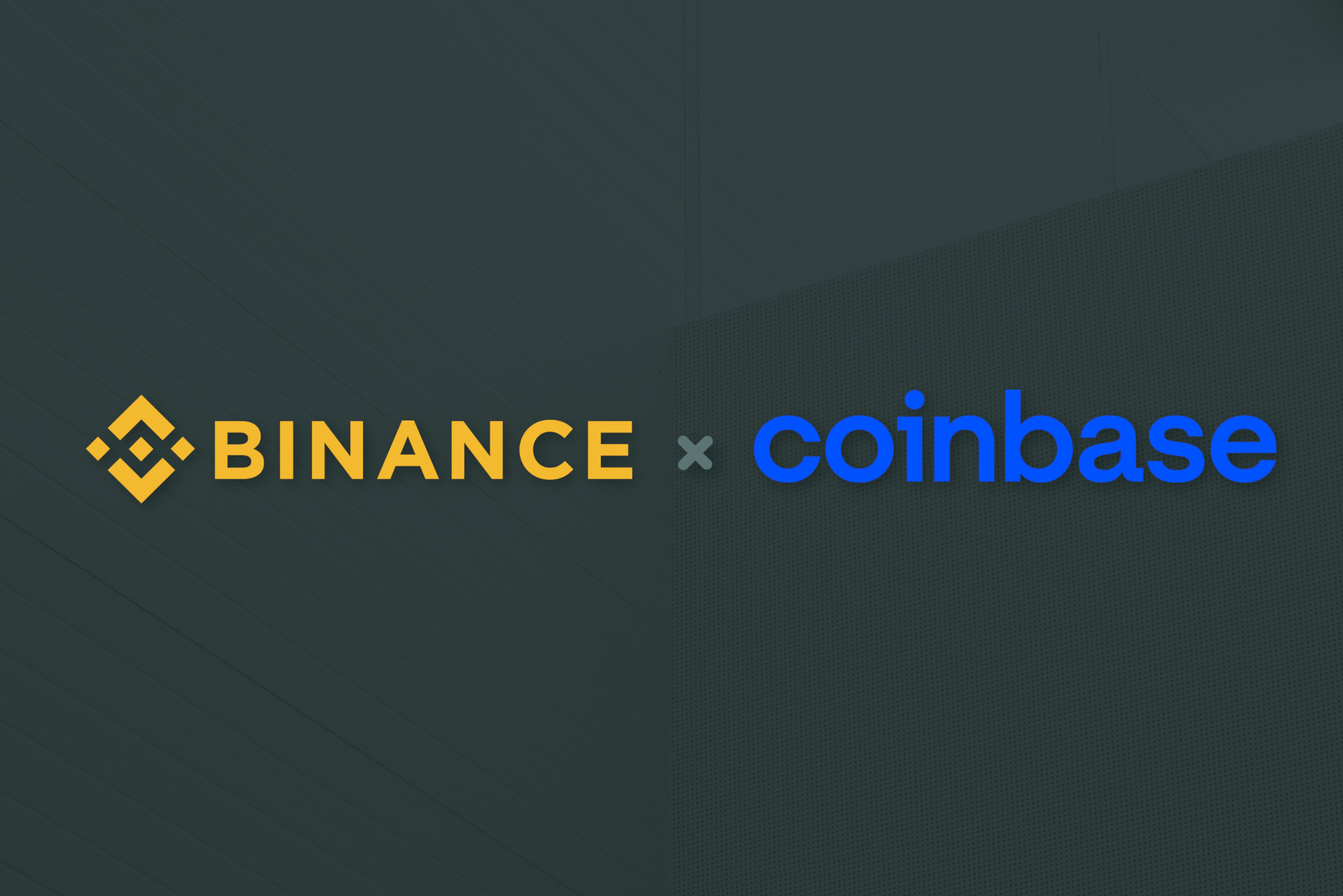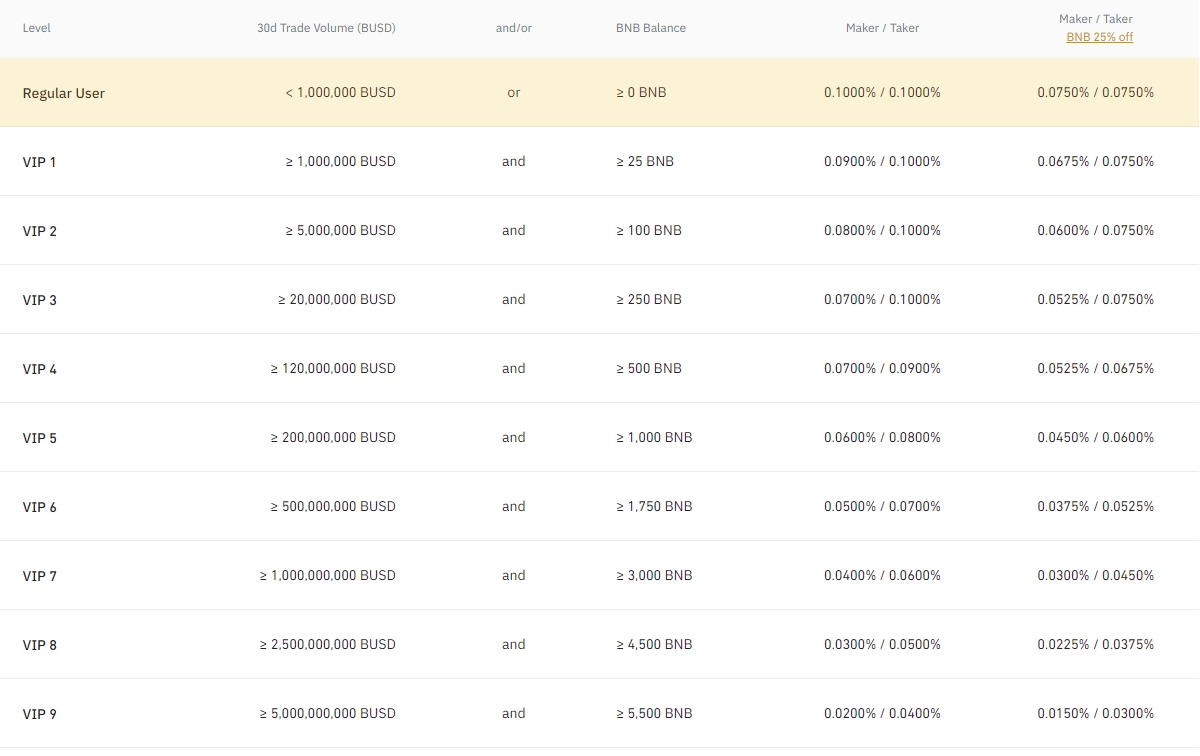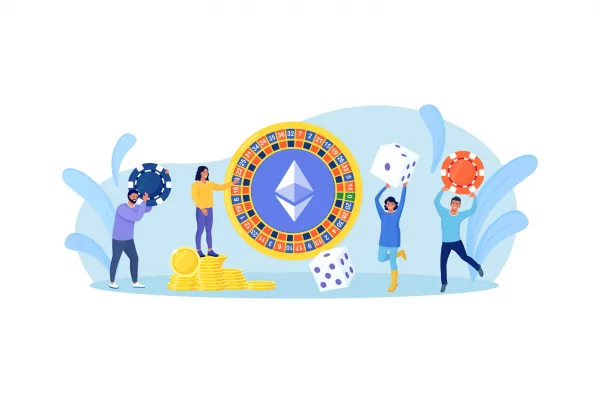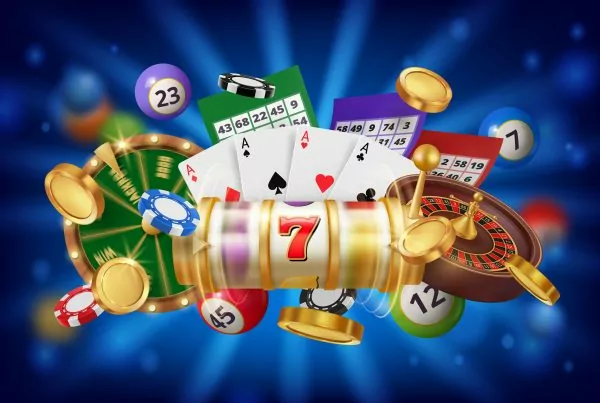
Binance and Coinbase are arguably the two most popular trading platforms in the industry today. Both cryptocurrency exchanges offer a massive selection of supported digital assets, advanced trading features, and high liquidity across hundreds of trading pairs.
Despite a number of similarities, there are considerable differences between the two leading exchanges in their fundamental approach to cryptocurrency trading. Binance offers numerous trading options, underscored by leading spot and derivatives offerings, passive income generating products, and NFT-related features.
Somewhat contrary to Binance, Coinbase is focused on building a trading platform that sacrifices some functionality and features to retain the ease of use and simplicity of the overall trading experience. In addition, the two exchanges also differ in terms of their respective trading fee structure, promotions, and the overall cost of their trading services.
Binance overview:
- By far the most liquid exchange in the industry
- Low slippage rate thanks to a high trading volume
- 360+ supported coins and 1440+ trading pairs
- VIP program
- Trading fees start at 0.10%
- Exclusive trading promotions
Coinbase overview:
- One of the largest spot exchanges
- Focused on simplicity and ease of use
- 160+ supported coins and 460+ trading pairs
- Trading fees start at 0.60%
- No VIP program
With the quick overview behind us, let’s take a more detailed look at the two leading trading platforms across five separate categories:
1. Trading fee structure
Both Binance and Coinbase employ the maker-taker model for determining their trading fees. Maker fees are charged on trading orders that supply liquidity, while taker fees, as the name implies, are charged on orders that take liquidity out of the marketplace. When an order is placed at current market rates and gets filled immediately (think of selling Bitcoin at its current market price, for instance), a taker fee is paid for the service.
On the other hand, if an order is placed and doesn’t get filled instantly, a maker fee is paid for the service. As a rule of thumb, both exchanges incentivize so-called maker orders by charging lower trading fees on them.
| Binance | Coinbase | |
| Maker Fee | 0.10% – 0.02% (5B+ BUSD trading vol)* | 0.40% – 0.00% ($300M+ trading vol)* |
| Taker Fee | 0.10% – 0.04% (5B+ BUSD trading vol)* | 0.60% – 0.05% ($500M+ trading vol)* |
Binance’s spot trading maker fees start at 0.10% and drop to as low as 0.04% for users in the higher VIP tiers. We will discuss the VIP system in more detail in the following sections. The fees on taker orders start at 0.10% and drop to 0.02% for most active traders. In addition, Binance allows users to pay fees with BNB, which grants an additional 25% discount on all maker and taker fees. Click here for a full breakdown of Binance’s spot trading fees.
Coinbase’s spot trading maker fees start at 0.40%. They drop to as low as 0.0% for traders that clear $300M in USD trading volume over the trailing 30-day period across all order books. A Coinbase user making a taker order will pay a fee between 0.60% and 0.05%. For a complete overview of Coinbase’s trading fees, click here.
While Coinbase boasts better rates for the most active traders, most cryptocurrency enthusiasts would likely prefer Binance’s lower trading fee starting point.
2. Slippage rate
Slippage refers to the difference between the price of a crypto asset and the trader’s requested price. Let’s take a look at the following example for a better understanding.
Suppose you want to sell BTC at $40,000, but there are not enough buyers, or better said, liquidity to fill your order at the requested market rate. If that happens, you might be forced to sell a portion of your BTC for less than $40,000 in order for the order to fill in its entirety. The difference between the initial order rate and the ultimate price at which the order is filled is called slippage.
While the above example demonstrates the effects of negative slippage, which is more common, sometimes traders end up settling orders for a better price than initially expected. This is called positive slippage.
It is important to note that slippage usually occurs with large orders and when using trading pairs that have low liquidity. Due to a high number of users and a focus on popular coins and tokens, both Binance and Coinbase have low slippage rates.
3. Loyalty rewards program
Most cryptocurrency exchanges have programs that reward their customers in the form of lower trading fees, crypto tokens, and exclusive promotional events. When it comes to rewarding its most loyal and active users, Binance’s VIP program is arguably the best in the industry.
Binance’s nine-tiered rewards program takes into account the amount of users’ BNB holdings and cumulative trading volume in the 30-day rolling period. To become a VIP 1 user (the lowest VIP tier on Binance), you must trade at least 1M BUSD in the 30-day period on the spot exchange, or 15M BUSD on the futures exchange. In addition, you must have at least 25 BNB in your Binance account. Once these conditions are met, you can enjoy a roughly 10% discount on trading fees, an increase in the daily withdrawal limit, and gain access to manage multiple sub-accounts within a single master account.

It is worth noting that Binance’s VIP program extends beyond spot market trading and withdrawals and provides benefits to swap farming and loan users, customers that make use of the peer-to-peer (P2P) trading feature, and more. For more information about the privileges and requirements for each VIP tier, click here.
In addition to the VIP program that is focused on rewarding long-time users, Binance also offers up to $100 in bonus rewards for new users that open their exchange accounts through affiliate referrals. The bonus is released in three separate cash vouchers that are easily obtainable even for most casual traders. For instance, new users receive a $50 voucher if they make a crypto deposit of at least $50 within the first 5 days after opening their account.
Coinbase’s loyalty program is centered solely around users’ trading volume and offers no additional benefits other than lower trading fees.
The exchange gives out a small amount of tokens to users that learn the basics of certain cryptocurrencies by watching short videos, and rewards users with $5 for making their first cryptocurrency purchase. Similar to Binance, Coinbase also has an affiliate referral program. However, in contrast to Binance’s $100 offering, Coinbase referrals can claim only $10 in free Bitcoin.
4. Trading fee promotions
In addition to the always active VIP program, Binance runs special promotions, usually with the intention of putting a spotlight on new and existing products and services.
One of such promotions is called Friday Funday, which allows margin traders to earn a share of 20% in income generate from Binance Margin fees each week. The rewards are calculated on the basis of each promotion participant’s daily average trading volume and the amount of borrowed margin funds. For a deeper dive into Binance Margin and the Friday Funday promotion, click here.
Binance also regularly runs Futures trading tournaments that give the most active traders an opportunity to earn a share of BUSD token prize pool rewards, which can effectively cover the cost associated with futures trading fees and then some.
The list of active promotions is constantly updated and too long to cover fully in such as short article. For an updated list of active promotions please visit the Binance website.
Coinbase doesn’t really run promotions that allow users to slash their trading fees in the same sense as Binance. However, there are ways of attaining lower fees through Coinbase’s advanced trader-focused platform.
At this point, it is imperative to mention that Coinbase offers two products – the “regular” Coinbase experience tailored for users who value the ease of use and simplicity above all else, and the Coinbase Pro platform for experienced traders who prefer advanced charting tools, more asset types, and market order variety.
In addition to a wider range of features, Coinbase Pro’s offering of a broader range of market orders allows traders to attain a higher degree of trading precision which can result in a lower effective fee rate.
5. Number of supported cryptocurrencies and trading volume
With over 360 listed digital assets and more than 1400 trading pairs, Binance boasts one of the most comprehensive catalogs of supported digital currencies in the industry. The exchange lists the most popular coins, such as Bitcoin and Ethereum, as well as a plethora of popular altcoins like Green Metaverse Token, ApeCoin, and THORChain. A rich selection of stablecoins including Tether, USD Coin, and TerraUSD, rounds up the strong offering.
While Coinbase’s selection is smaller than that of Binance, the exchange has been quickly filling up its roster of supported cryptocurrencies in recent years. As of mid-April, Coinbase lists more than 160 digital assets that can be traded across over 460 trading pairs (exchange data pertaining to Coinbase Pro).
| Binance | Coinbase | |
| Nr. of coins | 361 | 167 |
| Nr. of trading pairs | 1447 | 462 |
| March ‘22 spot trading vol. | $511 billion | $891 million |
According to a recent Q1 2022 market report by Coingecko, Binance’s total share of CEX spot trading volume increased to 46.5% in March, up from 44.2% in February. Out of $1.1 trillion in trading volume recorded across the top 10 largest cryptocurrency exchanges in March, Coinbase accounted for 8.1%, or a little more than $890 million in total volume.
Bottom line
Slowly approaching the second half of 2022, cryptocurrency enthusiasts (this writer included) have more choices when selecting a cryptocurrency trading platform than ever before. Due to their strong trading offering and standing in the market, both Binance and Coinbase usually end up at the top of the list of most popular crypto exchanges.
However, after comparing key aspects of each platform and examining recent market metrics, it would be hard not to give Binance the edge. The enticing VIP program, low trading fees, a big selection of supported cryptos, and exclusive promotions, are the main reasons why Binance controls nearly half of all spot trading volume as of the first quarter of 2022.



